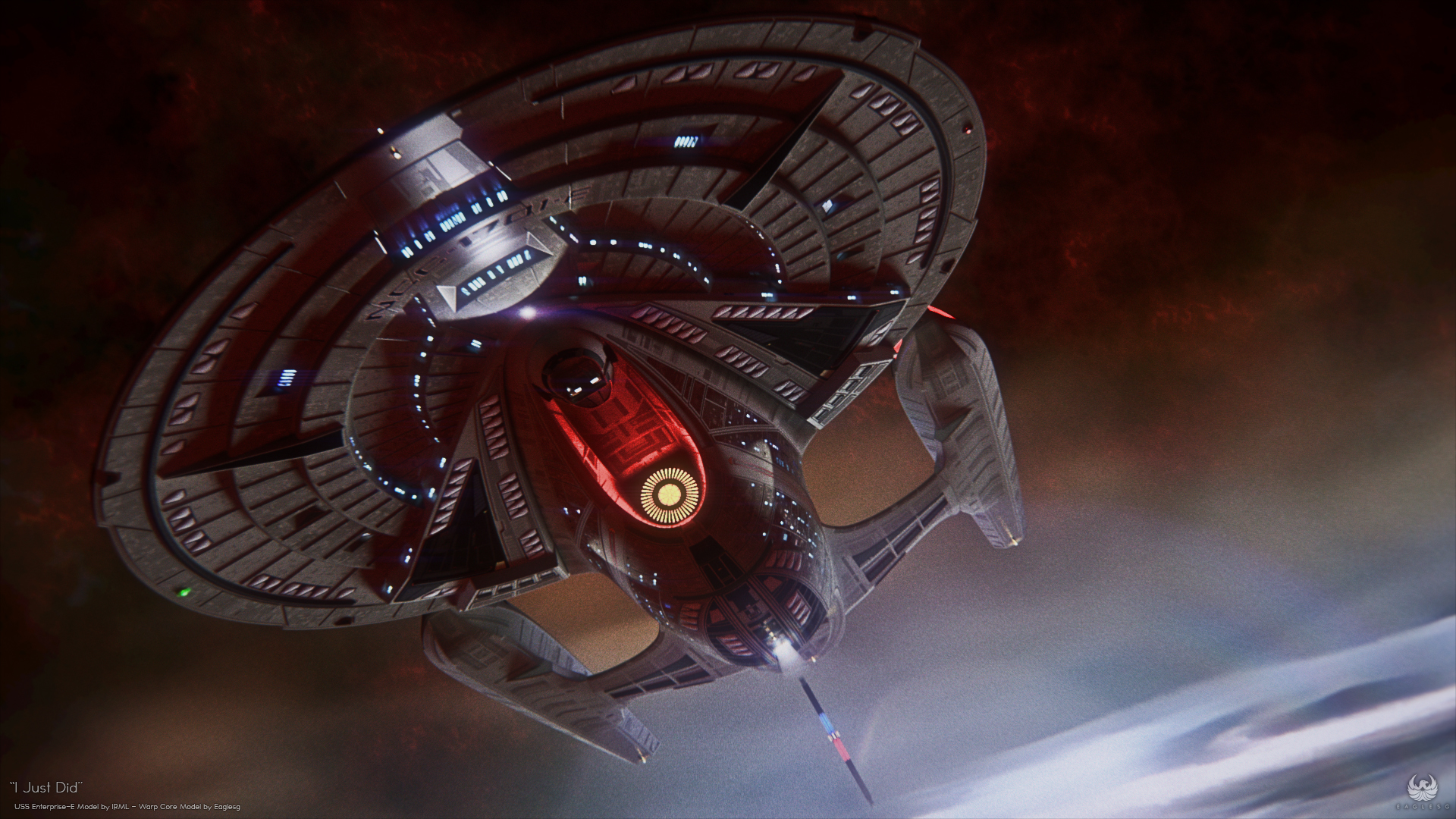

The technology of the AN/SPS-32 was based on vacuum tubes and the system required constant repairs. It was installed on only two vessels, Enterprise and the cruiser USS Long Beach, placing a massive power drain on the ship's electric system. The AN/SPS-32 operated together with the AN/SPS-33, which was the square array used for 3D tracking, into one system. The AN/SPS-32 was a long-range air search and target acquisition radar developed by Hughes for the U.S. SCANFAR consisted of two radars, the AN/SPS-32 and the AN/SPS-33. SCANFAR was intended to be better at tracking multiple airborne targets than conventional rotating antenna radars. Radar Įnterprise had a phased array radar system known as SCANFAR. One CIWS mount was later removed and two 21-cell RIM-116 Rolling Airframe Missile launchers were added.

Later upgrades added two NATO Sea Sparrow (NSSM) and three Mk 15 Phalanx CIWS gun mounts. A third BPDMS launcher was fitted during the ship's refit in 1970–1971. Late in 1967, Enterprise was fitted with a prototype Basic Point Defense Missile System (BPDMS) installation, with two eight-round box launchers for Sea Sparrow missiles. Initially, the carrier had little defensive armament. Armament īecause of the huge cost of her construction, Enterprise was launched and commissioned without the planned RIM-2 Terrier missile launchers. She is the only carrier with four rudders, two more than other classes, and features a more cruiser-like hull. Įnterprise in 1967, showing the ship's SCANFAR antennasĭesigned under project SCB 160, Enterprise was intended as the first of a class of six carriers, but massive increases in construction costs led to the remaining vessels being cancelled.Įnterprise is the only aircraft carrier to house more than two nuclear reactors, having an eight-reactor propulsion design, with each A2W reactor taking the place of one of the conventional boilers in earlier constructions. Ford-class aircraft carrier USS Enterprise (CVN-80). The name has been adopted by the future Gerald R. She was stricken from the Naval Vessel Register the same day. She was inactivated on 1 December 2012, and officially decommissioned on 3 February 2017, after over 55 years of service.

Įnterprise was, at the time of inactivation, the third-oldest commissioned vessel in the United States Navy after the wooden- hulled USS Constitution and USS Pueblo. Enterprise had a crew of some 4,600 service members. Her 93,284- long-ton (94,781 t) displacement ranks her class as the third-heaviest carrier class, after the Nimitz class and the Gerald R. Enterprise is the only ship of a class that was originally planned to have five other ships. At 1,123 feet (342 m), she is the longest naval vessel ever built. Like her predecessor of World War II fame, she is nicknamed "Big E". She was the first nuclear-powered aircraft carrier and the eighth United States naval vessel to bear the name.

USS Enterprise (CVN-65), formerly CVA(N)-65, is a decommissioned United States Navy aircraft carrier.
Enterprise dru full#
$451.3 million ($4.35 billion in 2021 dollars )Īwaiting recycling at HII Shipyard, Newport News, Virginiaĩ3,284 long tons (94,781 metric tons) Full Load Newport News Shipbuilding and Drydock Company USS Enterprise underway in the Atlantic Ocean


 0 kommentar(er)
0 kommentar(er)
